Women's roles in American culture have evolved significantly over the past few centuries, reflecting the broader changes in society and shifting cultural norms.
While there is no single "American women's culture," the experiences and expectations of women in the United States have been shaped by various factors such as race, ethnicity, class, geography, and historical period.
Women's Roles in American History
In the early colonial period, women's roles were largely defined by their relationship to men. Married women were expected to bear and raise children and manage the household, while single women were expected to marry and fulfill similar roles.
As the country expanded and industrialization transformed the economy, women's roles began to evolve. Women played a significant role in the abolitionist movement, and the suffrage movement eventually led to the passage of the 19th Amendment in 1920, granting women the right to vote.
During World War II, women entered the workforce in large numbers to support the war effort, leading to further changes in gender roles. The feminist movements of the 1960s and 1970s brought about greater social and political equality for women, and women have continued to make strides in fields such as politics, business, and the arts.
Race and Ethnicity in American Women's Culture
American women's culture has been shaped by the diverse racial and ethnic backgrounds of the country's population.
African American women have historically faced both gender and racial discrimination, and their experiences have been shaped by the legacy of slavery and segregation. Despite these challenges, African American women have made significant contributions to American culture, including in the civil rights movement and in fields such as literature and the arts.
Latina and Hispanic women, who make up a significant portion of the country's population, have also faced challenges related to discrimination and cultural assimilation. Like African American women, Latina and Hispanic women have made significant contributions to American culture, including in the fields of literature and the arts.
Asian American women and Native American women have also faced unique challenges related to their racial and ethnic identities.
Class and Geography in American Women's Culture
Women's experiences in American culture have also been shaped by class and geography.
Working-class women have often had to balance the demands of paid work with the responsibilities of childcare and household management. Middle- and upper-class women have had more leisure time and greater opportunities for education and personal fulfillment.
Rural women have often had different experiences and expectations than urban women, due to the different cultural and economic environments in which they live.
Women in the Workforce have made significant gains in the workforce in recent decades, but challenges related to gender discrimination and the "glass ceiling" remain.
The gender pay gap, in which women earn less than men for doing the same work, persists in many industries. Women are also underrepresented in leadership positions and in certain fields, such as science, technology, engineering, and math (STEM).
Efforts to promote gender equality in the workplace, such as equal pay legislation and diversity and inclusion initiatives, are ongoing.
Women in Politics
Women's participation in politics has increased significantly in recent decades, but they remain underrepresented compared to men.
Women have made strides in breaking through the "marble ceiling" in Congress and in state and local politics, but they are still underrepresented in leadership positions.
The election of Kamala Harris as Vice President in 2020 marked a historic milestone for women in American politics.
Women in the Home
Despite the significant changes in women's roles in society, the "traditional" gender roles of men as breadwinners and women as homemakers persist to some extent.
Many women continue to bear the primary responsibility for childcare and household management, which can create challenges related to balancing work and family.
The concept of "leaning in" or striving for career success while also fulfilling traditional domestic responsibilities has been the subject of much discussion in recent years.
Representation of Women in the Media
The media plays a significant role in shaping societal attitudes and expectations about women.
Studies have shown that women are underrepresented in the media, and when they are depicted, they are often shown in stereotypical roles or sexualized.
Efforts to promote more accurate and diverse representation of women in the media, such as the Bechdel test, which measures the representation of women in films, are ongoing.
Beauty standards for women in American culture have undergone significant changes over time, but traditionally, there has been a narrow standard of what is considered attractive.
Women are often expected to adhere to strict beauty standards, including maintaining a certain body size and shape, wearing makeup and styling their hair in certain ways.
The pressure to conform to these standards can be damaging, leading to negative body image and self-esteem issues.
The "body positivity" movement, which promotes acceptance and appreciation of diverse body types and appearances, has gained traction in recent years, but traditional beauty standards still hold a significant influence.
Relationships and Dating
Dating and relationships are an important part of American culture, and women's roles and expectations in these areas have changed significantly over time.
In the past, women were often expected to marry and start families at a young age, and their worth was often tied to their relationship status.
Today, women are more likely to delay marriage and pursue education and career goals before starting families.
The rise of online dating and the increasing acceptance of non-traditional relationship structures, such as polyamory, have also impacted the dating landscape.
Motherhood
Motherhood is an important aspect of American women's culture, but expectations and experiences of motherhood vary significantly.
Many women still face societal pressure to have children, and motherhood is often idealized and glamorized in the media.
However, the realities of motherhood can be challenging, as women often bear the primary responsibility for childcare and face challenges related to balancing work and family.
The concept of "having it all," or striving for success in both career and family life, is often difficult to achieve.
Sexuality and Reproductive Rights
Women's sexuality and reproductive rights have been controversial topics in American culture.
The right to access birth control and abortion has been the subject of legal and political battles, and women's sexual behavior is still often subject to societal judgment and double standards.
The #MeToo movement, which brought attention to the issue of sexual harassment and assault, has sparked a broader cultural conversation about consent and respect in sexual relationships.
Beauty Standards and the Beauty Industry
The beauty industry is a multi-billion dollar industry that plays a significant role in shaping beauty standards for women.
Beauty products, such as makeup, skincare, and hair care products, are marketed heavily to women, and the industry has been criticized for promoting unrealistic and unhealthy standards of beauty.
The use of photoshop in advertising and media has been a controversial issue, as it can create unrealistic expectations about what is achievable in terms of appearance.
The "clean beauty" and "wellness" movements, which promote natural and non-toxic beauty products and lifestyles, have gained popularity in recent years.
Health and Wellness
Health and wellness are important aspects of American women's culture, but there can be pressure to conform to certain standards of health and appearance.
Disordered eating and body image issues are common among women, and the diet and weight loss industry often promotes unhealthy and unrealistic standards.
There has been a shift towards more holistic approaches to health and wellness, including self-care practices such as meditation and yoga.
The rise of social media has also impacted the way women think about health and wellness, as it has created a platform for sharing and comparing diet and fitness routines.
Education and Career Goals
Education and career goals are important aspects of American women's culture, and women have made significant progress in these areas in recent decades.
Women have increasingly pursued higher education, and they have made strides in breaking into male-dominated fields such as science, technology, engineering, and math (STEM).
However, women still face challenges related to the gender pay gap and underrepresentation in leadership positions.
The concept of "leaning in," or striving for career success while also fulfilling traditional domestic responsibilities, has been the subject of much discussion in recent years.
Fashion and Style
Fashion and style are important aspects of American women's culture, and women's clothing and appearance have often been used as a means of self-expression and identity.
Trends and fashions are heavily influenced by the media and popular culture, and women's clothing choices can be influenced by societal expectations and body image issues.
The rise of social media has also impacted the way women think about fashion and style, as it has created a platform for sharing and comparing fashion choices.
Conclusion
American women's culture is a diverse and multifaceted phenomenon, shaped by a variety of factors such as race, ethnicity, class, geography, and historical period.
While progress has been made in promoting gender equality and addressing issues related to discrimination and inequality, there is still much work to be done.
The ongoing cultural conversation about women's roles and expectations in American society is an important part of creating a more equitable and inclusive society for all.


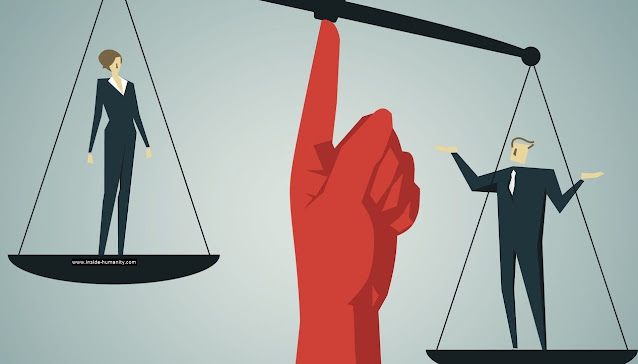




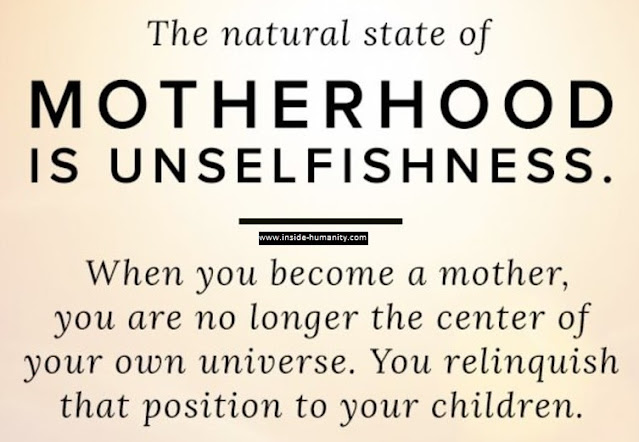
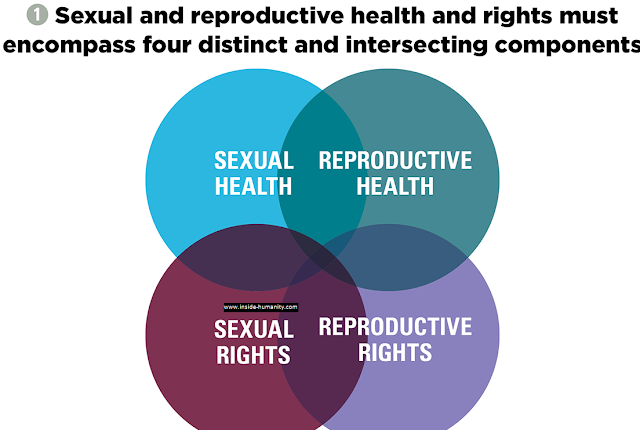
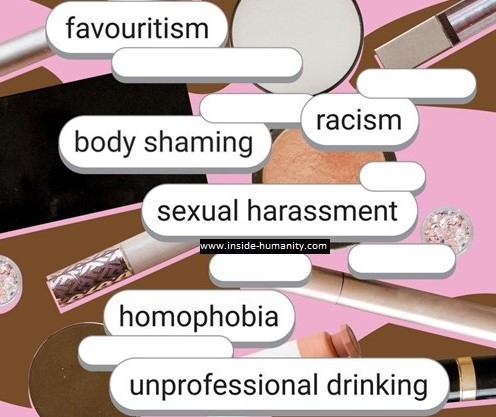


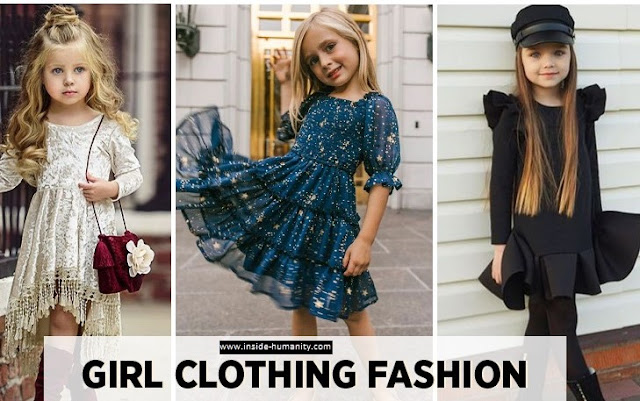






0 Comments
Thank you. We'll reply you shortly.